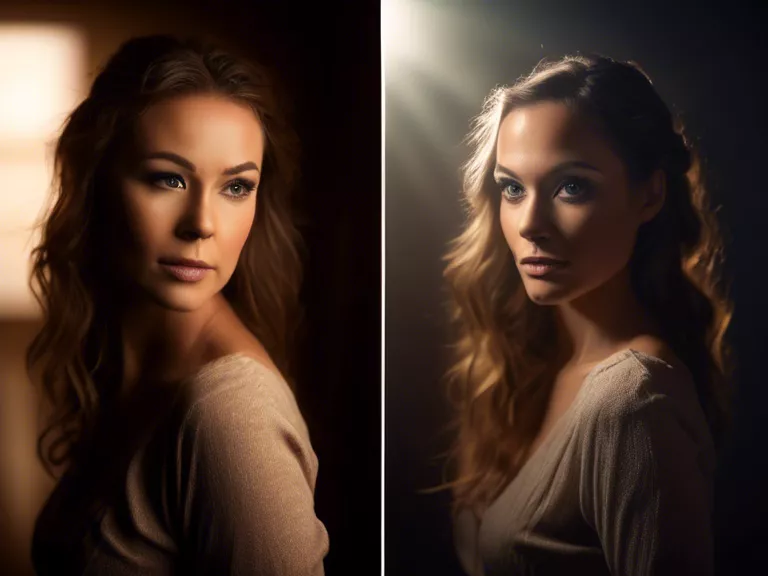
Leading lines are a powerful compositional tool in photography that can help create depth and draw the viewer's eye into the image. By strategically using lines within your frame, you can lead the viewer through your photo and create a sense of three-dimensional space. In this article, we will explore how to use leading lines techniques to add depth to your photos.
One of the key principles of using leading lines is to find and incorporate lines within your frame that point towards your main subject or towards a point of interest in the scene. These lines can be literal, such as roads, fences, or bridges, or they can be implied, such as shadows, reflections, or patterns in the environment.
When using leading lines, it's important to consider how the lines interact with the rest of the elements in your photo. Experiment with different angles and perspectives to see how the lines interact with the foreground, background, and main subject. By placing the lines in different parts of the frame, you can create a sense of depth and dimensionality in your photos.
Another technique to create depth with leading lines is to use converging lines. Converging lines are lines that appear to come together at a vanishing point in the distance. By incorporating converging lines into your composition, you can create a sense of perspective and depth, leading the viewer's eye deeper into the image.
In addition to using existing lines in the environment, you can also create your own leading lines by positioning objects or people in such a way that they form a line leading towards your main subject. By arranging elements in the frame strategically, you can guide the viewer's eye and create a dynamic composition with a sense of depth.
Overall, mastering the use of leading lines techniques can greatly enhance the impact of your photos. By strategically incorporating lines into your compositions, you can create depth, dimensionality, and visual interest that will captivate your viewers.



